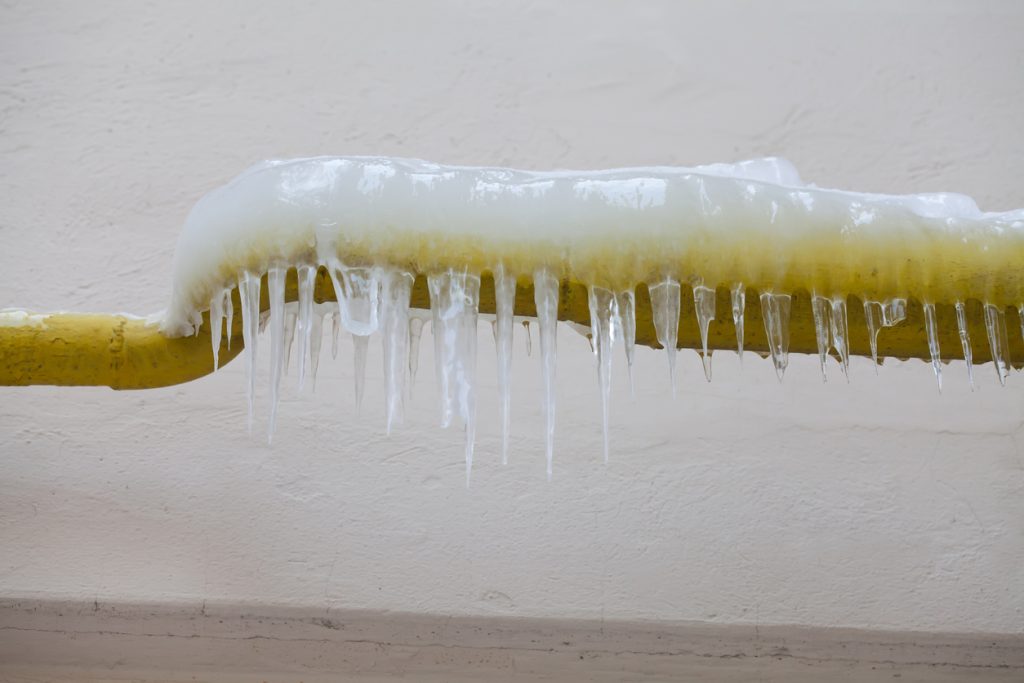Protecting Against Frozen Plumbing: Best Tips for Winter
Protecting Against Frozen Plumbing: Best Tips for Winter
Blog Article
Right here on the next paragraphs yow will discover some really good information related to How to prepare your home plumbing for winter weather.

Winter can wreak havoc on your pipes, especially by freezing pipes. Right here's exactly how to avoid it from occurring and what to do if it does.
Introduction
As temperature levels drop, the threat of frozen pipelines rises, potentially bring about costly repair services and water damage. Understanding just how to avoid frozen pipes is critical for property owners in cool climates.
Comprehending Frozen Pipes
What creates pipelines to freeze?
Pipes ice up when revealed to temperatures listed below 32 ° F (0 ° C) for expanded periods. As water inside the pipes ices up, it broadens, putting pressure on the pipe walls and possibly creating them to break.
Risks and problems
Icy pipes can result in water disruptions, home damage, and costly repair work. Burst pipelines can flood homes and trigger considerable architectural damages.
Indications of Frozen Pipes
Recognizing icy pipes early can avoid them from rupturing.
Just how to determine icy pipes
Look for lowered water flow from faucets, uncommon smells or noises from pipes, and noticeable frost on subjected pipes.
Prevention Tips
Protecting prone pipes
Cover pipelines in insulation sleeves or utilize heat tape to secure them from freezing temperature levels. Concentrate on pipes in unheated or outside areas of the home.
Heating techniques
Keep interior rooms adequately heated, especially areas with plumbing. Open up closet doors to allow cozy air to flow around pipelines under sinks.
Protecting Exterior Plumbing
Yard pipes and outside faucets
Separate and drain yard pipes prior to winter months. Set up frost-proof spigots or cover exterior taps with shielded caps.
What to Do If Your Pipes Freeze
Immediate activities to take
If you think frozen pipelines, keep faucets open to alleviate pressure as the ice thaws. Utilize a hairdryer or towels taken in hot water to thaw pipelines gradually.
Long-Term Solutions
Structural adjustments
Take into consideration rerouting pipelines away from exterior walls or unheated areas. Include extra insulation to attics, cellars, and crawl spaces.
Updating insulation
Buy premium insulation for pipes, attics, and wall surfaces. Correct insulation helps keep regular temperatures and decreases the danger of icy pipelines.
Conclusion
Preventing icy pipes needs positive actions and fast actions. By understanding the reasons, indications, and safety nets, house owners can secure their plumbing throughout cold weather.
6 Proven Ways to Prevent Frozen Pipes and Protect Your Home
Disconnect and Drain Garden Hoses
Before winter arrives, start by disconnecting your garden hoses and draining any remaining water. Close the shut-off valves that supply outdoor hose bibs and leave the outdoor faucet open to allow any residual water to drain. For extra protection, consider using faucet covers throughout the colder months. It’s also important to drain water from any sprinkler supply lines following the manufacturer’s directions.
Insulate Exposed Pipes
Insulating your pipes is an effective way to prevent freezing. Pipe insulation is readily available at home improvement stores and is relatively inexpensive. Pay close attention to pipes in unheated areas such as the attic, basement, crawl spaces, or garage. Apply foam insulation generously to create a buffer against the cold. You can also wrap your pipes in heat tape or thermostat-controlled heat cables for added warmth.
Seal Air Leaks
Inspect your home for any cracks or openings that could let in cold air. Seal any holes around the piping in interior or exterior walls, as well as the sill plates where your home rests on its foundation. Additionally, make sure to keep your garage door closed unless you’re entering or exiting. Leaving it open creates a significant air leak that can lead to frozen pipes.
Allow Warm Air Circulation
During cold snaps, it’s essential to allow warm air to circulate evenly throughout your home. Leave interior doors ajar to promote better airflow. Open kitchen and bathroom cabinets to help distribute heat consistently around the rooms. If you have small children or pets, be sure to remove any household chemicals or potentially harmful cleaners from open cabinets for safety.
Let Faucets Drip
A small trickle of water can make a big difference in preventing ice formation inside your pipes. When temperatures drop significantly, start a drip of water from all faucets served by exposed pipes. This continuous flow helps prevent the water from freezing. Additionally, running a few faucets slightly can relieve pressure inside the pipes, reducing the chances of a rupture if the water inside does freeze.
https://choateshvac.com/6-proven-ways-to-prevent-frozen-pipes-and-protect-your-home/

I found that write up on 6 Ways to Prevent Frozen Pipes when looking around the search engines. Do you know about somebody who is excited by the topic? Feel free to promote it. We cherish reading our article about 6 Ways to Prevent Frozen Pipes.
Visit Website Report this page